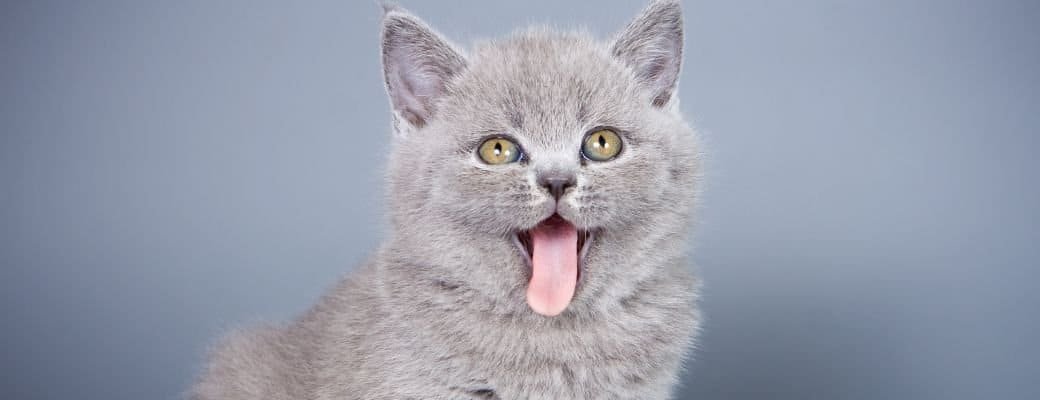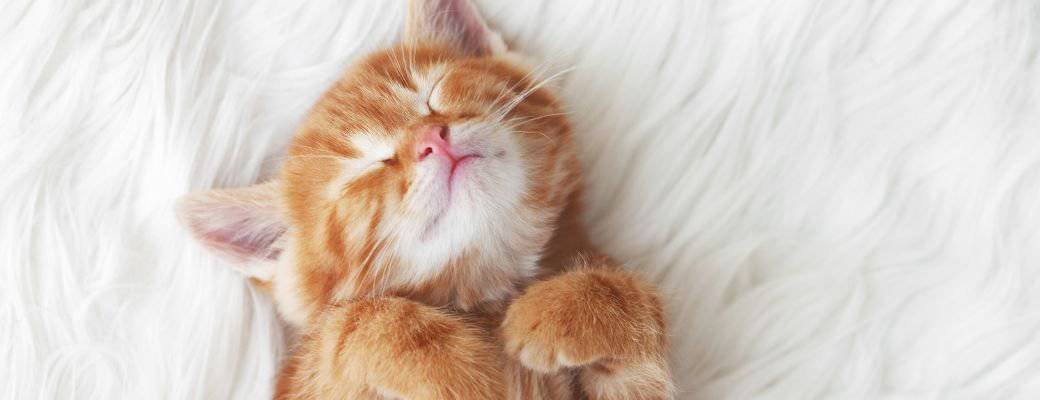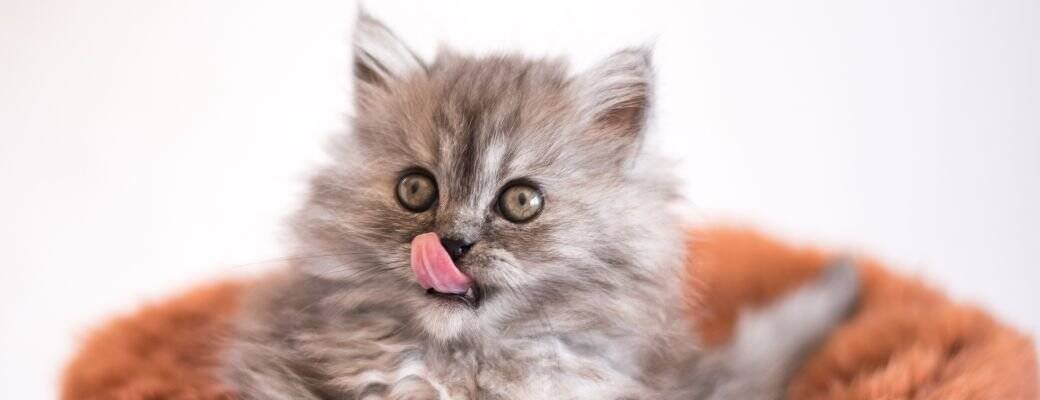When you’re preparing for a new kitten, it’s easy to get sucked into buying cute, colourful, or clever-looking products. Pet shop aisles and online ads are full of tempting toys, gadgets, and accessories — many designed more to appeal to humans than cats. But some of these products are not only unnecessary, they can be unsafe, stressful, or just a waste of money.
After working with kittens for over two decades, I’ve seen what works — and what backfires. Here’s a no-nonsense look at what not to buy for your kitten in the UK.


Overstuffed or Scented Toys
That mountain of cheap toys near the checkout? Most of it belongs in the bin. Many mass-produced cat toys are overfilled with low-grade stuffing and fall apart within minutes of play. Worse still, some are doused in artificial scents that overwhelm a kitten’s sensitive nose.
I’ve seen toys split open at the seams, leaking stuffing that becomes a choking risk. Toys with glued-on eyes or beads can easily be chewed off and swallowed. A good rule of thumb: if it wouldn’t survive a toddler, it’s not kitten-safe.
Choose soft toys with strong stitching, no loose parts, and no fake smells. You don’t need 20. Just a few good ones will do.
Plastic Food Bowls
Plastic bowls are cheap, widely available, and come in every colour and pattern you can think of. But they’re bad news for kittens. Plastic scratches easily, and those tiny grooves harbour bacteria — a common cause of feline chin acne.
I’ve lost count of how many owners thought their kitten had flea bites around the mouth, only to discover it was acne from a plastic bowl. Switching to ceramic or stainless steel often clears it up in under a week.
Pick a shallow bowl that’s easy to clean, and skip the plastic altogether. Your kitten’s face will thank you.
Mirrored or Flashing Toys
Toys with mirrors, lights, or loud battery-operated functions might seem fun — but they’re often more frightening than entertaining for kittens. I’ve watched young cats back away from robotic fish, tail-flicking with confusion.
Kittens need interactive, predictable play. Wand toys, feather teasers, and puzzle feeders are far better choices. Movement matters, but it should be natural, not mechanical or jarring.
Collars (At Least for Now)
This one surprises many new owners, but collars and kittens don’t mix — at least not until they’re older. A kitten under six months is still growing and still clumsy. Even a so-called breakaway collar can cause issues if it’s the wrong fit.
Collars can get caught on furniture, cause choking, or irritate delicate neck skin. Your focus in the early months should be on creating a safe indoor environment and making sure your kitten is microchipped. That’s now a legal requirement in England by 20 weeks of age.
Collars can come later — once your kitten is bigger and bolder.


Scented Shampoos and Fragrances
Unless your kitten has rolled in something grim, there’s rarely a need to bathe them. Cats are expert groomers and will take care of themselves — as long as you don’t coat them in perfume or essential oils.
Many products labelled “safe for kittens” are anything but. Scented shampoos, grooming sprays, or wipes often contain substances that are toxic when ingested — and your kitten will be licking their coat constantly.
If your kitten gets dirty, use a damp cloth or unscented baby wipe. Save the fancy fragrances for yourself.
Buying Multiple Beds Too Soon
I know how tempting it is to buy a dozen cute beds — doughnut shapes, fleece igloos, novelty fish shapes. But most kittens won’t use any of them.
They’ll sleep in a cardboard box, your laundry basket, or your hoodie instead.
Start simple. One soft bed in a quiet spot is enough. Let your kitten decide what they like, then upgrade later if needed. Comfort matters more than design.
High-Tech Feeders and Litter Robots
Gadget lovers, take a breath. Kittens do not need automatic feeders, litter robots, or smartphone-controlled food dispensers. These devices often make noise, move unexpectedly, and confuse young cats.
More importantly, they remove important bonding moments. Scooping the litter, offering a meal, sitting with them while they eat — these everyday things build trust.
Manual feeding and litter care might not be glamorous, but they matter. Save the gadgets for when your kitten is older (if ever).
Cat Milk
The phrase “specially formulated cat milk” makes it sound essential. It’s not. Most kittens don’t need milk once weaned, and giving it too often can cause stomach issues.
Unless your vet recommends it for a specific reason — like hand-rearing — skip it. Offer clean water, high-quality wet food, and treats in moderation.
Want to spoil your kitten? Warm a teaspoon of wet food or smear some onto a lickimat. They’ll love it — and it won’t upset their digestion.


Cat Trees That Are Too Tall or Flimsy
A 5-foot cat tower looks great online, but for a 9-week-old kitten, it’s an accident waiting to happen. If it wobbles or the platforms are too high, they may fall or be too scared to use it at all.
Start with a low, wide-base tree or horizontal scratcher. As your kitten gains confidence and coordination, you can add vertical spaces later.
Impulse Buys Based on Cuteness
We’ve all done it. A glittery bowl. A banana-shaped bed. A velvet cape. But your kitten doesn’t care about the colour or the novelty.
They care about how it feels, whether it smells familiar, and if it feels safe.
Before you buy anything, pause. Ask yourself:
Is this safe?
Is it kitten-sized?
Can I clean it easily?
Will my kitten actually use it?
If it doesn’t tick all four boxes, leave it behind.
The Heated Pod That Didn’t Impress
One of my early kitten buyers splashed out £100 on a self-heating pod bed with five-star reviews. The kitten wouldn’t go near it. Why? The faint hum from the heater scared him. He ended up curled inside a shoebox lined with an old fleece.
Lesson learned: kittens don’t care how much it cost. They care how it feels.
Final Tip: Keep It Simple
When it comes to kitten shopping, less is often more. Focus on safety, comfort, and practical use. Don’t let clever marketing or Instagram aesthetics cloud your judgement.
Want More Straight-Talking Kitten Advice?
My eBook Kitten Care for New Cat Owners dives deeper into real-life kitten care — what works, what doesn’t, and how to avoid the most common first-time mistakes.
Inside, you’ll find:
Practical tips for setting up your home
Help with litter training, feeding, and play
Real stories from my 25+ years of experience
Clear, honest guidance — no fluff, no gimmicks
If you want to raise a confident, happy kitten without wasting time or money, grab the eBook now and start off right.
Kitten Care for New Cat Owners: The Smart, Caring Guide to Raising a Happy, Healthy Kitten
By Ross Davies – Certified Feline Behaviourist
This book is the step-by-step version of what he teaches in one-to-one guidance. It’s expert, reassuring, genuinely practical—and occasionally hilarious (because if you can’t laugh when your kitten pounces on your face at 4am, when can you?).
